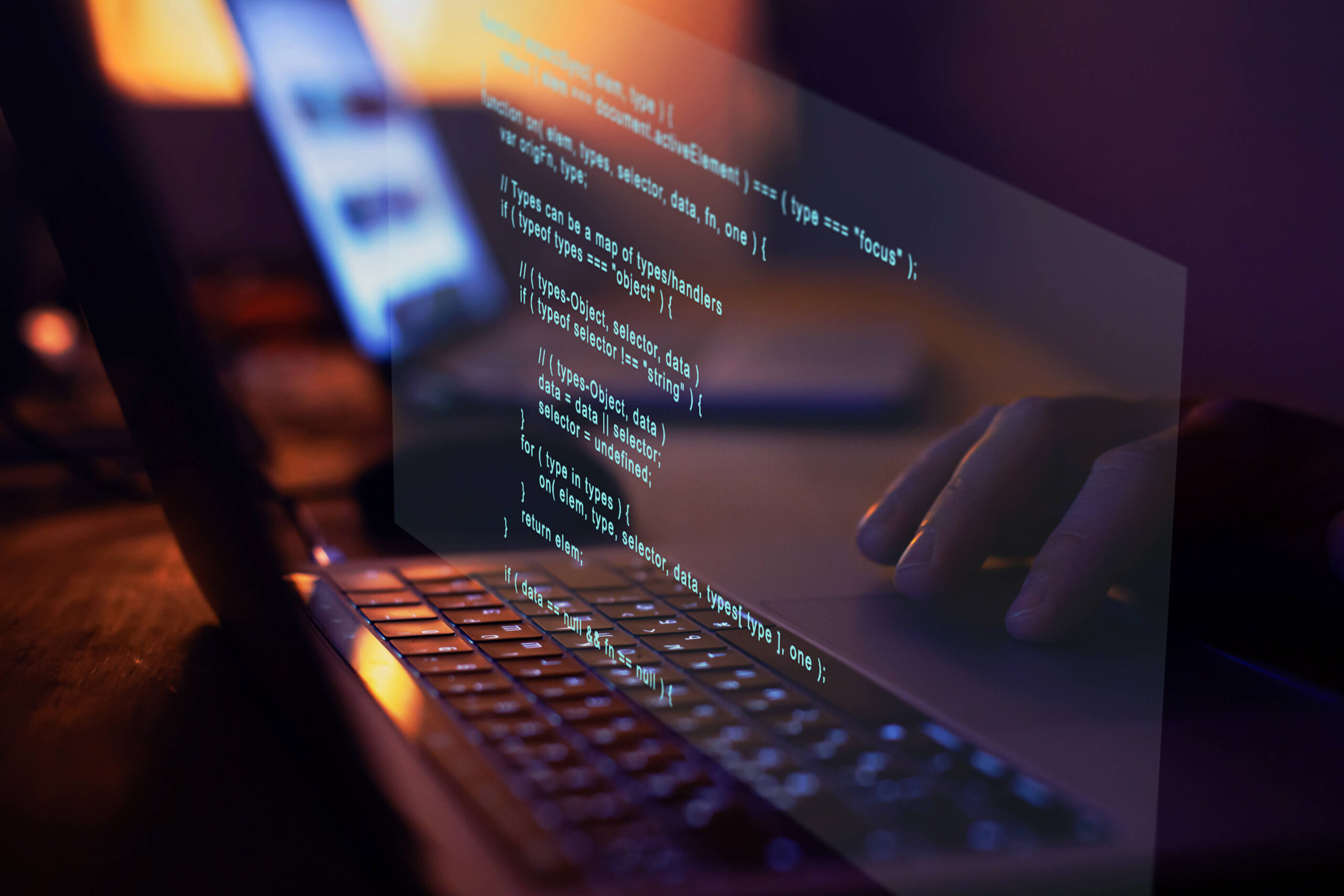
iLabX – Internet Masterclass
| Language: | Englisch |
| Location: | Remote |
| Duration: | 8 weeks |
| Start: | Variable, self-paced |
| Cost: | 146 € |
The internet is the world’s biggest computer network. It connects almost everything, from people to machines, in all areas, from the art world to the stock exchange. It can be found almost everywhere on this planet and even beyond. It has become one of the most important infrastructures to modern life. But how does the internet actually work? After taking part in iLabX, you will not only understand the mechanisms behind the internet, but you will be able to create a modern network yourself on your own computer.
Learn how the internet works and gain insights into computer networking
Each module first introduces the background of a relevant mechanism or tool. After learning the concepts through videos, texts, and interactive learning elements, you will be able to build your own fully-functional internet.
Under close guidance, each module brings you closer to having a fully-functional internet running on your computer. As you will be applying existing internet mechanisms, you will even be able to connect your creation to the world wide web. In this way, after completion of the course, you can call yourself a true master of the internet.
The program is designed so that you can start it at any time. The audit track is available to you completely free of charge. If you choose the paid verified track, you will receive a TUM certificate to share with your professional network upon completion of all audit services.
Quick info
Benefits
Learn how the internet works and gain insights into computer networking
-
Flexible Learning Format
The program is suitable for different types of learners. It conveys content via videos and reading sections, depending on what you prefer.
-
Practice-oriented tasks
Various practice-oriented learning tasks, such as the Virtual Lab, will help you understand the Internet and how computer networks work.
-
Acquire relevant expertise
The Internet connects us all. In this course, you will learn how the Internet works and what technologies are behind the world’s largest computer network.
Program Overview
You can find all the important information about the certificate program here. Below you can find out the objectives of the program, the exact details of the process, what you will learn and which lecturers will teach you the content.
Aims of the certificate course
- You will gain a comprehensive understanding of how the Internet works in its current versions, IPv6 and IPv4.
- You will acquire fundamental knowledge of computer network architectures, illustrated by the Internet layer model.
- You will apply your understanding of common Internet protocols in practice.
- You will implement your understanding of common Internet applications such as DNS, NAT, and Firewalls in real-world scenarios.
- You will apply your knowledge of Internet security issues and understand the mechanisms to address them.
Details
| Program: | iLabX – Internet Masterclass |
| Graduation: | After successfully completing the course in the “verified track”, participants will get a certificate from the Technical University of Munich and edX. |
| Academic responsibility: | Prof. Dr. Marc-Oliver Pahl Professor for Cybersecurity at the Institut Mines Telecom (IMT) Atlantique, Rennes, France |
| Target audience: | People who have a keen interest in knowing the in-depth mechanism behind how the internet works and who want to apply these tools to create their own internet on their personal computer. |
| Participation fees: | 146 Euros for the verified track, no charges for the audit track. TUM students can take the course for free. For more information, please visit edx.org |
| Language: | English |
| Discounts: | TUM students can take the course for free. |
| Study location: | Online |
| Format & Timing: | variable, self-paced, 8 weeks |
* Based on our experience, the German tax benefits help many participants self-finance their education, as these can be worth up to 50% of tuition fees and program-related travel costs. Please consult your tax advisor for more details. This might apply to participants of our programs residing outside Germany; please check the situation with the local tax authorities in your country of residence.
Lecturers
| Prof. Dr. Marc-Oliver Pahl, Professor for Cybersecurity at the Institut Mines Telecom (IMT) Atlantique, Rennes, France | Stefan Liebald, Lecturer and Researcher at the Chair of Network Architectures and Services at Technical University of Munich |
| Lars Wüstrich, Researcher in the S2O team at Technische Universität München | Christian Lübben, Research associate and PhD student in the S2O team at the chair of Network Architectures and Services of the Technical University of Munich |
| Jonas Andre, Student Assistant at the Technical University of Munich | Cédric Mohler, Student Assistant at the Technical University of Munich |
Structure
This Computer Networking Course consists of six modules and covers the key points of the following topics:
Module 1: Signals and Cables
Signals, shared medium, physical medium, noise, addressing, topologies, unicast, broadcast, headers, payload, trailer, twisted pair, optical fiber, wireless, non-return to zero (NRZ), Manchester encoding, self-clocking.
Module 2: Internet Protocol
Internet Protocol (IP), IPv6, IPv4, subnetting, fragmentation, Stateless Address Auto Configuration (SLAAC), Neighbour Discovery Protocol (NDP), Internet Control Message Protocol (ICMP), static routing, forwarding, multicast.
Module 3: Routing
Dynamic routing, longest prefix matching, Autonomous System (AS), Open Shortest Path First (OSPF), Routing Information Protocol (RIP), Dijkstra, Bellmann-Ford, paths, loops.
Module 4: Transmission Control Protocol and User Datagram Protocol
Transmission Control Protocol (TCP), User Datagram Protocol (UDP), reliable communication, stateful communication, 3-way handshake, aknowledgements (ACK), piggyback, retransmission, congestion control, flow control.
Module 5: Domain Name System and Webservers
Domain Name System (DNS), resolver, nameserver, zones, sub-domains, iterative vs. recursive name resolution, A and AAAA records, Hyper Text Transfer Protocol (HTTP), Transport Layer Security (TLS), HTTPS, virtual hosts.
Module 6: DNS64/ NAT64 and Firewalls:
Network Address Translation (NAT), DNS64, NAT64, state, address rewriting, IP 5-tuple, chains, filter, blacklisting, whitelisting, rules, firewall, tables.
Testimonials

Your contact
Vesna Gajic
Program Manager
Phone: +49 89 289 28474
E-Mail: mooc@lll.tum.de